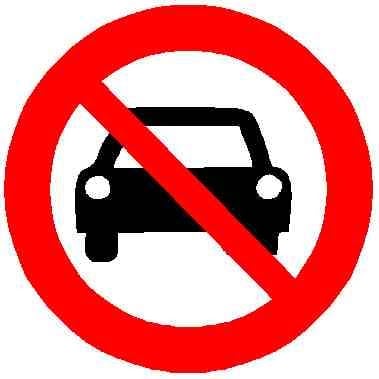

Both of these can be solved with policy.
If you make it so that the institution that determines where the cameras will be placed doesn’t stand to financially benefit from them, that reduces the incentive to turn them into revenue generating machines.
And if you issue fines based on income, which is already the case in countries like Finland and Switzerland, you also solve the unfairness of the fines.





The goal should be to improve safety, not benefit financially.
Placing speed cameras is a tool in your belt to achieve that, but it’s not the only one.
Other alternatives are narrower lanes, speed bumps, trees and objects closer to the road, etc.
But if more cameras means more revenue for the institution in charge of road safety, then that pushes them to not actually fix the reason why people are speeding in the first place. Because that would lower their revenue.
Edit: Here in the Netherlands it is the public ministry who determines where the cameras are located. And the police issues other traffic fines.
However the money from fines is going into the general national budget (just like a tax). Neither the public ministry, nor the ministry of safety who runs the police, gets more money for more fines issued.
This means that their priority is to improve road safety and not maximize revenue.